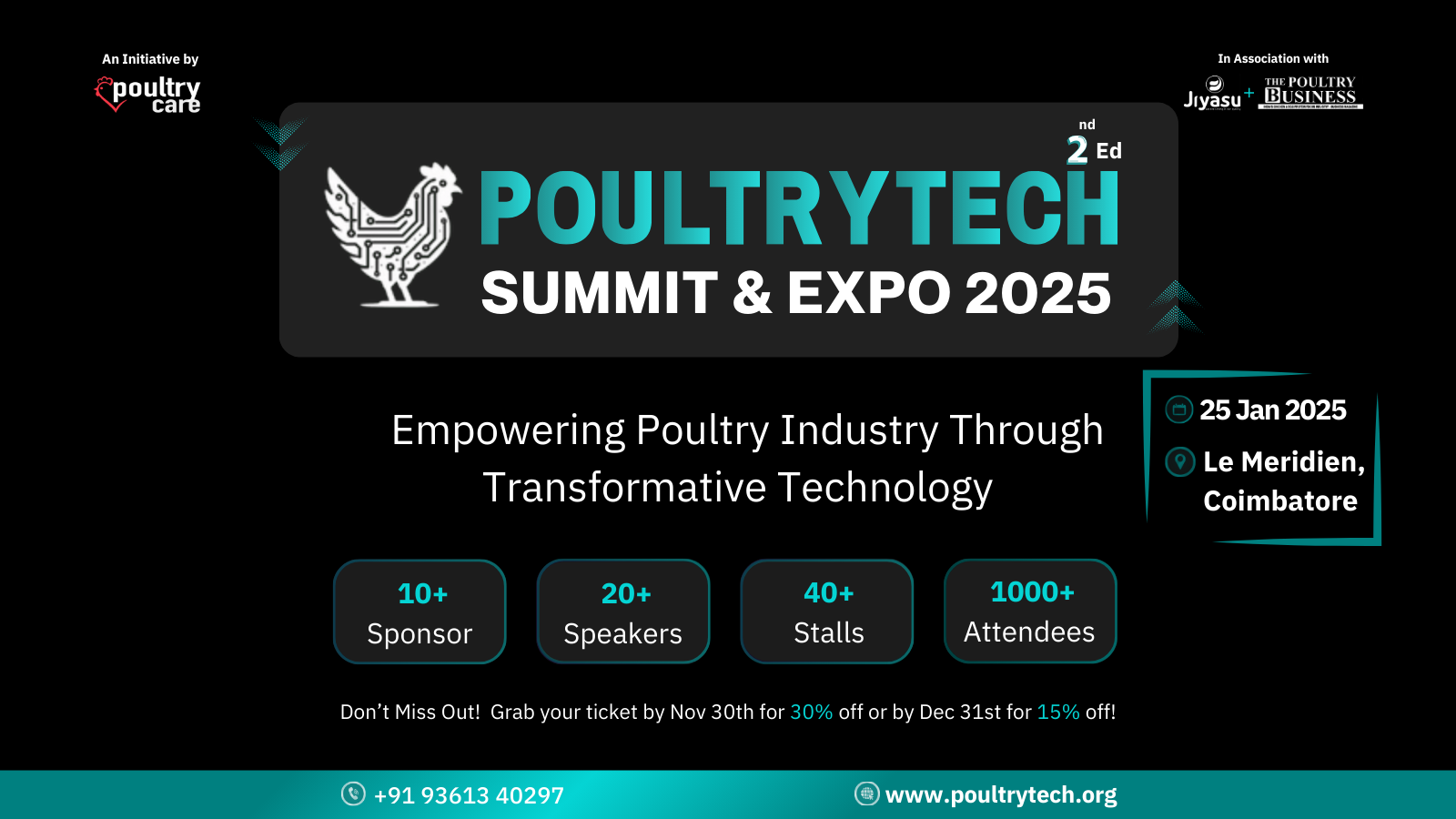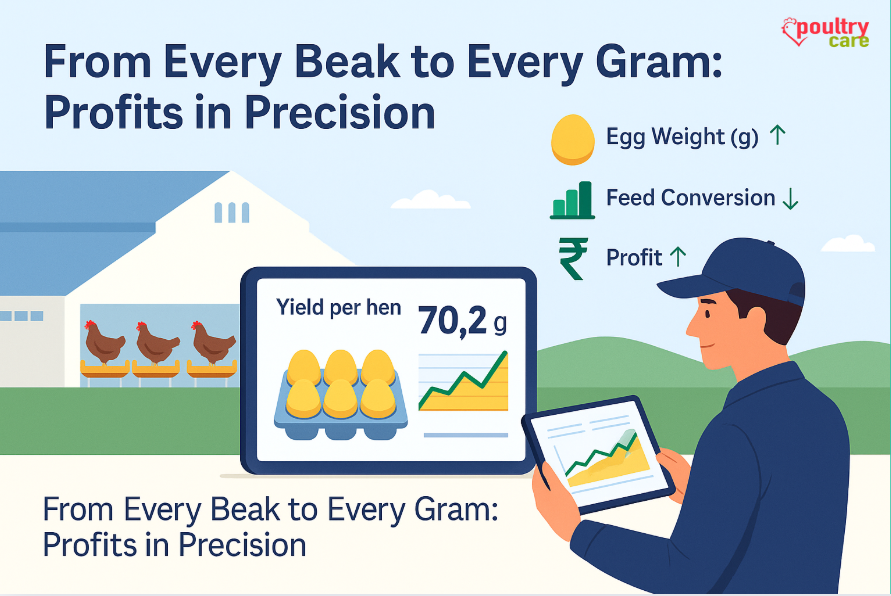Welcome to a comprehensive guide on climate-adaptive layer farming trends. In this blog, I, an expert with over 20 years of experience in the poultry industry, will take you through the changing landscape of layer farming in the face of climate change. As the founder of PoultryCare ERP, a cloud-based ERP solution for poultry businesses, I understand the growing concerns among poultry farmers about the effects of climate change on their operations. It's crucial to stay informed about the latest market trends and practices that can help poultry farmers adapt and thrive in a changing environment.
Chapter 1: The Climate Change Challenge
The poultry industry, like many others, is experiencing the impacts of climate change. Rising temperatures, changing precipitation patterns, and more frequent extreme weather events are affecting layer farming. These challenges are particularly evident in cold weather, which presents unique difficulties for poultry farmers. In this blog, we'll explore the strategies and trends that are shaping climate-adaptive layer farming practices.
Chapter 2: Market Trends Shaping Climate-Adaptive Layer Farming
The market trends in the poultry industry are evolving rapidly. Consumer demand for sustainable and climate-resilient products is on the rise. Poultry farmers must stay up to date with these trends to meet market demands effectively. We'll delve into how these trends are shaping climate-adaptive strategies in layer farming.
Chapter 3: Sustainable Farming Practices
Sustainability is a key driver in today's poultry industry. Sustainable farming practices, such as organic farming, reduced resource usage, and eco-friendly approaches, are becoming increasingly popular. We'll explore how these practices benefit not only the environment but also the long-term sustainability of poultry businesses.
Chapter 4: Harnessing Technology
Technology plays a crucial role in climate-adaptive layer farming. Digital solutions, data analytics, and innovative tools are empowering poultry farmers to adapt to changing climate conditions. We'll discuss how technology can assist in monitoring and maintaining optimal conditions for layers.
Chapter 5: Resilient Layer Housing and Environmental Control
The housing and environmental conditions of layers are fundamental to their well-being and productivity. Proper construction, insulation, and environmental control measures are vital for maintaining the right conditions, especially in challenging climates. We'll explore the best practices for ensuring that your layer housing is resilient to changing weather patterns.
Chapter 6: Health Management
Maintaining the health of your layers is essential, particularly in the face of climate change. This chapter will cover various health management strategies, including disease prevention, stress reduction, and proactive healthcare practices to keep your flock in optimal condition.
Chapter 7: Adapting Nutrition and Feeding Practices
Layer nutrition and feeding practices must adapt to the changing climate. Cold weather, for instance, can affect the nutritional needs of layers. We'll provide insights into how you can adjust your feeding practices to meet these specific needs and maintain egg production.
Chapter 8: Water Management
Water is a critical component of layer farming. Access to clean water is essential year-round, even in cold weather. We'll discuss strategies to ensure that your layers have a consistent water supply, regardless of temperature fluctuations.
Chapter 9: Meeting Market Demands
Meeting market demands is crucial for the success of poultry businesses. Consumers are increasingly looking for sustainable and climate-adaptive poultry products. Aligning your practices with market trends is essential. We'll explore how you can meet these evolving market demands.
Chapter 10: Global Collaboration
In the age of climate change, global collaboration is essential. Poultry farmers worldwide are facing similar challenges. Sharing knowledge and working together can lead to innovative solutions. In this final chapter, we'll emphasize the importance of global cooperation and knowledge sharing among poultry farmers.
conclusion
The poultry industry is undergoing a transformation in response to the challenges of climate change. Adapting to these changes is not only a necessity but also a significant opportunity for poultry farmers to thrive in an evolving market. By staying informed about climate-adaptive layer farming practices and aligning with market trends, poultry businesses can foster sustainability, resilience, and innovation. The path to a promising and resilient future in layer farming begins with awareness and the proactive adoption of climate-smart strategies. Whether you're a seasoned farmer or just starting, these insights can guide you toward success in this ever-changing world of poultry farming.





